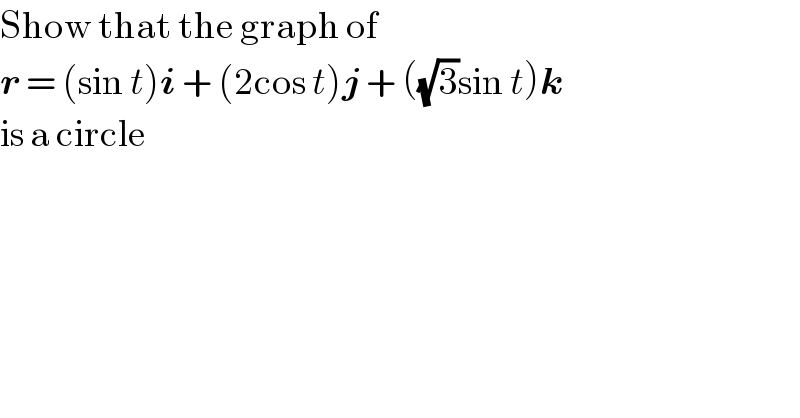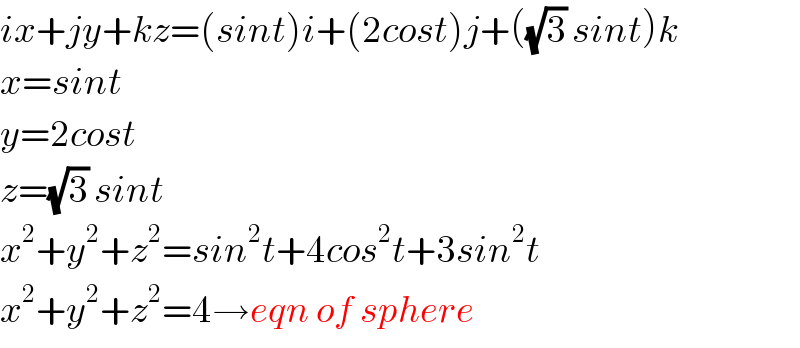
Question and Answers Forum
Question Number 68836 by Joel122 last updated on 16/Sep/19

Answered by Tanmay chaudhury last updated on 16/Sep/19

| ||
Question and Answers Forum | ||
Question Number 68836 by Joel122 last updated on 16/Sep/19 | ||
 | ||
Answered by Tanmay chaudhury last updated on 16/Sep/19 | ||
 | ||
| ||